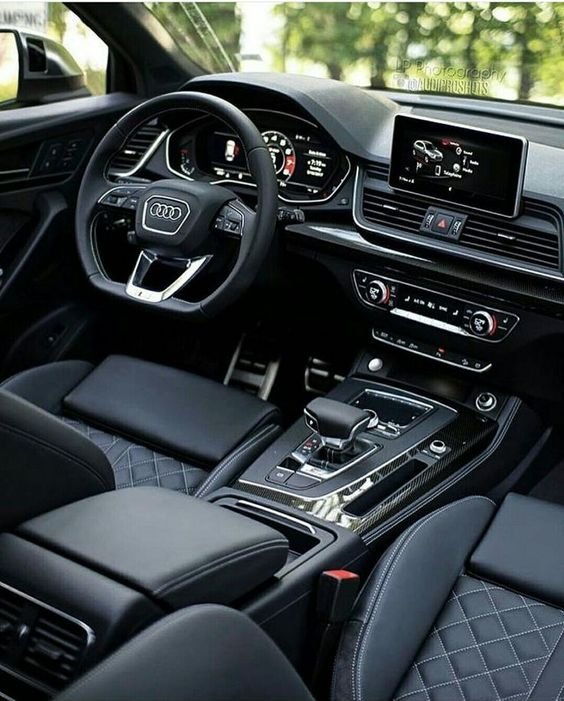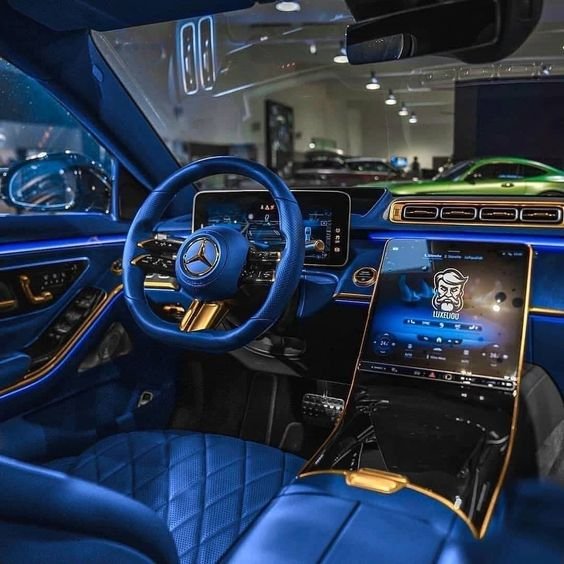
Negotiating the price of a car at a dealership can be an intimidating process, but with the right approach, you can secure a great deal. Whether you’re buying a new or used vehicle, being well-prepared and informed can make a significant difference. Here are some tips to help you negotiate the best price at a dealership.
1. Do Your Research
Before stepping foot into a dealership, it’s crucial to do thorough research on the car you’re interested in. Start by:
– Understanding the Market Value: Use online resources like Kelley Blue Book, Edmunds, or TrueCar to find out the fair market value of the car. This will give you a solid understanding of what the car should cost, both new and used.
– Checking Dealer Incentives and Rebates: Manufacturers often offer incentives, rebates, or special financing deals on certain models. Check the manufacturer’s website and other resources to see if there are any deals available.
– Reading Reviews and Reliability Reports: Understand the pros and cons of the car you’re interested in, including any common issues or reliability concerns. This knowledge can help you during negotiations.
Being informed about the car’s value and any available deals will give you a strong foundation when negotiating the price.
2. Set Your Budget and Stick to It
Determine how much you’re willing to spend before you visit the dealership. This includes not just the purchase price but also additional costs like taxes, registration, and any dealership fees. Knowing your budget helps you avoid being swayed by upsells or higher-priced models.
It’s also essential to consider your financing options beforehand. If you’re getting a loan, get pre-approved through your bank or credit union. Having pre-approved financing gives you leverage in negotiations and prevents the dealership from offering you a higher interest rate.
3. Timing Matters
The timing of your visit to the dealership can affect your ability to negotiate a better price. Here are some strategic times to consider:
– End of the Month/Quarter: Salespeople often have quotas to meet, so they may be more willing to negotiate towards the end of the month or quarter to reach their targets.
– End of the Year: Dealerships are eager to clear out old inventory to make room for new models. This can be a great time to negotiate for a better price on last year’s models.
– Weekdays: Dealerships are usually less busy on weekdays, which can give you more attention from the salesperson and more room for negotiation.
Timing your visit strategically can increase your chances of getting a better deal.
4. Be Ready to Walk Away
One of the most powerful tools in negotiation is the ability to walk away. If the dealership isn’t willing to meet your price or if you feel pressured, don’t hesitate to leave. Walking away shows the salesperson that you’re serious about getting a good deal and are not desperate to buy.
Sometimes, the dealership may call you back with a better offer after you’ve left. If they don’t, you can always try another dealership or wait for a better opportunity.
5. Negotiate the Price, Not the Monthly Payment
Dealerships often try to steer negotiations towards the monthly payment rather than the total price of the car. While the monthly payment is important, focusing on it can lead to paying more in the long run due to extended loan terms or higher interest rates.
Always negotiate the total price of the car first. Once you’ve agreed on a price, then you can discuss financing options and monthly payments. This approach ensures you’re not overpaying for the vehicle.
6. Be Prepared for Additional Fees
Dealerships often add various fees to the final price of the car, including documentation fees, delivery charges, and more. Some of these fees are legitimate, but others can be inflated or unnecessary.
– Ask for a Breakdown: Request a detailed breakdown of all fees and charges included in the final price. If you see any fees that seem excessive or unnecessary, ask the dealership to remove them.
– Negotiate Fees: While some fees, like taxes and registration, are non-negotiable, others can be negotiated. For example, you can try to reduce or eliminate dealer fees or request that the dealership covers certain costs.
Understanding the fees and being willing to challenge them can save you money.
7. Use Trade-Ins as a Bargaining Chip
If you’re trading in your current vehicle, use it as a bargaining chip in your negotiation. However, it’s essential to know the value of your trade-in before you go to the dealership.
– Get Multiple Appraisals: Check the trade-in value of your car using online tools or get appraisals from multiple dealerships. This will give you a clear idea of what your trade-in is worth.
– Negotiate Separately: Try to negotiate the trade-in value separately from the purchase price of the new car. This prevents the dealership from manipulating the numbers to make it seem like you’re getting a better deal than you are.
By understanding the value of your trade-in, you can use it to your advantage during negotiations.
8. Stay Calm and Polite
Negotiating can be stressful, but it’s important to remain calm and polite throughout the process. Salespeople are more likely to work with you and offer a better deal if you’re respectful and courteous.
– Ask Questions: If you don’t understand something or feel uncertain, don’t hesitate to ask questions. This shows that you’re engaged and serious about making an informed decision.
– Be Patient: Negotiations can take time, so be patient and don’t rush the process. Taking your time ensures that you get the best possible deal.
A positive attitude can go a long way in creating a favorable negotiation environment.
9. Get Everything in Writing
Once you’ve agreed on a price, make sure all the details are put in writing before you finalize the purchase. This includes the purchase price, trade-in value, financing terms, and any other agreements made during negotiations.
Review the contract carefully to ensure that everything matches what was discussed. If you notice any discrepancies or additional charges, address them before signing. Getting everything in writing protects you from any potential misunderstandings or changes after the fact.
10. Take Your Time
Finally, don’t feel pressured to make a decision on the spot. It’s okay to take a day or two to think over the offer, especially if you’re unsure. If the dealership is eager to close the deal, they might even offer you a better price to encourage you to sign.
Taking your time allows you to weigh your options carefully and ensures that you’re making the right decision without feeling rushed.
Conclusion
Negotiating the best price at a dealership requires preparation, patience, and confidence. By doing your research, setting a budget, and staying firm on your priorities, you can navigate the negotiation process successfully and drive away with a great deal. Remember, the key is to be informed, remain calm, and be ready to walk away if necessary. With these tips, you’ll be well-equipped to negotiate the best possible price for your next car.
ALSO READ: In-Car Infotainment Systems and Technologies






